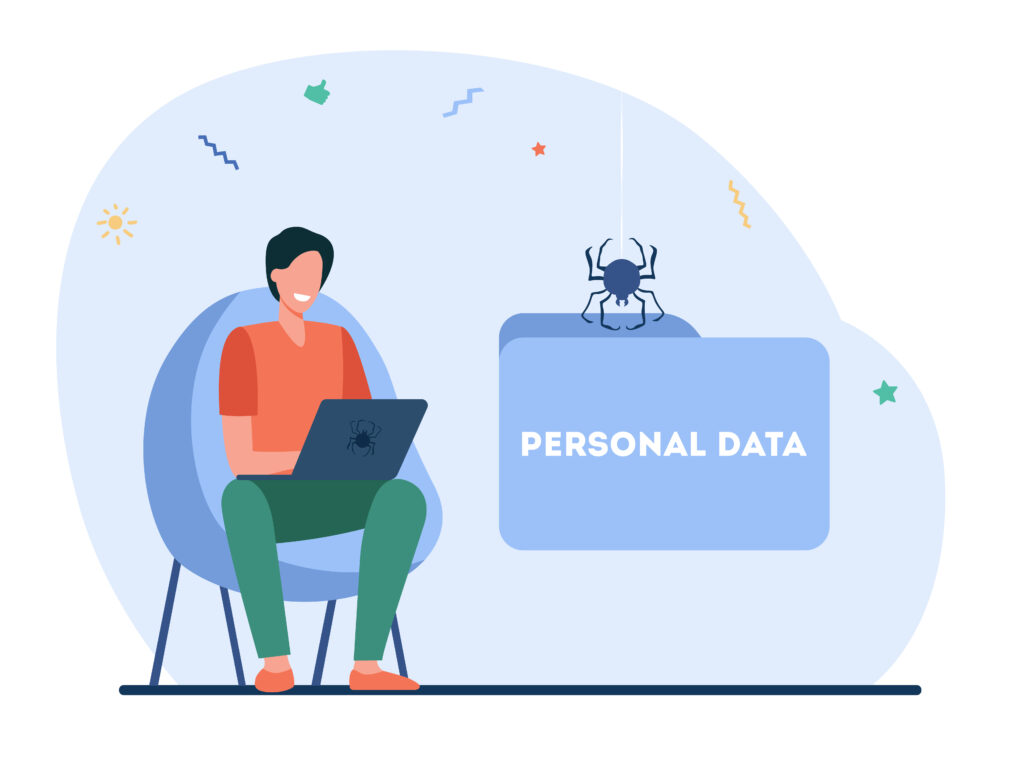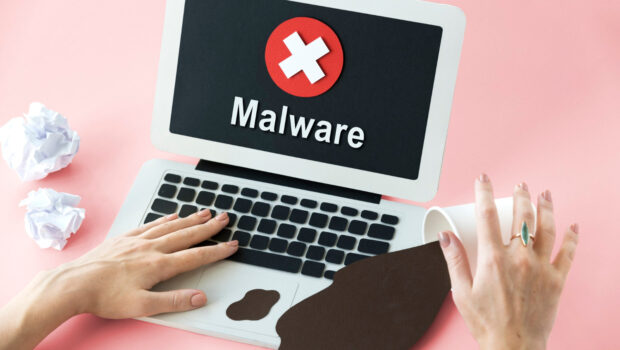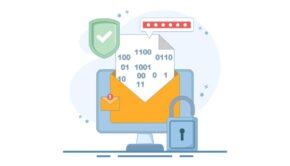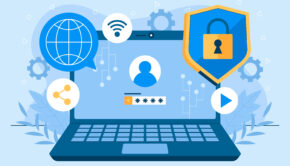Is the malware epidemic on the rise? A guide to 2022 cybersecurity
The last few years will be memorable for many reasons, but in the cybersecurity world, it was the year of cyber attacks. With the launch of new mobile technologies and so many people shifting to a work-from-home model, cyber-criminals had plenty of opportunities to strike.
As we start a new year, we have one question in mind: will malware be one of the main cyber threats in 2022? We asked the team at ESET for their opinion, plus their top cybersecurity tips to prevent malware attacks.
Our malware predictions for 2022
Unfortunately, malware, cyber attacks and data breaches are set to become more common — and more sophisticated. As businesses continue to digitise their systems and allow their teams to work from home, cyber-criminals will continue to look for weaknesses in companies’ cybersecurity. Remote work means more opportunities for hackers to send out phishing emails, try to hack into employees’ accounts to get access to sensitive information, exploit out-of-date banking systems and insecure sites, and so on.
Along with leveraging the opportunities that come with the remote workforce, they’ll focus on figuring out how to hack into cryptocurrency platforms, mobile wallets and mobile payment networks. And just like the beginning of the pandemic, cyber-criminals will try to spread misinformation about COVID-19, vaccinations and related topics via phishing emails and fake videos.
With remote work and digitization also means that several companies have moved to cloud-based platforms to store company data, including sensitive information about employees and customers. Data is gold for hackers, so they might look for cloud platforms that let in unauthorized users and exploit any security vulnerabilities they can find.
While we’re talking about cybersecurity predictions, we believe supply chain attacks will be more and more frequent. In a nutshell, this is when a cyber-criminal looks for the weakest link in a supply chain and uses that to “get in” and exploit the rest of the links in the chain. This mostly affects businesses that work with third-party vendors or partners who might not be up to speed with their cybersecurity.
5 ways to protect yourself from malware
As clever as cyber-criminals are, there are a few things you can do to tighten your security and prevent mobile malware.
#1 Activate multi-factor authentication
Between your personal and work life, you probably have a lot of accounts that require you to enter a username and password to log in. Multi-factor authentication (MFA) takes this one step further, requiring you to provide one more piece of information such as a code sent to your phone or email. This makes it much harder for hackers to tap into your systems and data.

Photo by Freepik
#2 Back up your data regularly
Backing up your data not only gives you peace of mind but also ensures you’ll be able to recover quickly and save your data if you do fall victim to a malware attack. Aim to maintain two backups: one on an external hard drive or flash drive, and another on the cloud.
#3 Encrypt your files
In an ideal world, all of your data should be end-to-end encrypted, with restricted access. For instance, if you work remotely, your files should only be seen by team members who need them to do their jobs. Luckily, most computers and smartphones have built-in operating systems (OS) that fully encrypt stored data and stop unauthorised users from accessing it, so make sure you stay on top of software updates. If your devices don’t have this feature, it’s worth looking into a separate cloud-based system.
#4 Solidify your cloud security
Do you use the cloud for personal or business purposes? If so, do some digging and find out if your cloud service offers secure encryption. Some services do, while others can’t distinguish between an authorised and unauthorised user. ESET Cloud Office Security can configure your cloud security so hackers can’t access sensitive information. It also has a predictive security function, which means it can identify and take action against malware attacks before they happen.
#5 Invest in a good anti-malware software
A premium software can protect your devices from malware and make you much less vulnerable to a devastating data breach. The best internet security for businesses offer a multilayered defence against a range of cyber threats, including malware. They strengthen WiFi networks and webcams, scan attachments and images for viruses, and make it easy to set up MFA. They also offer endpoint protection. This encrypts your data across wireless devices, which is key if you’re working remotely or communicating with various people online.
Be proactive against malware attacks
Based on the current cybersecurity trends, we’re bound to see more malware attacks in 2022. To learn more about the best malware protection, contact ESET’s expert team today.
Cover Image by Freepik







![Hottest Digital Advertising Trends in 2017 [Infographic]](https://technofaq.org/wp-content/uploads/2017/05/Digital_Advertising_Trends_in_2017-150x150.png)







